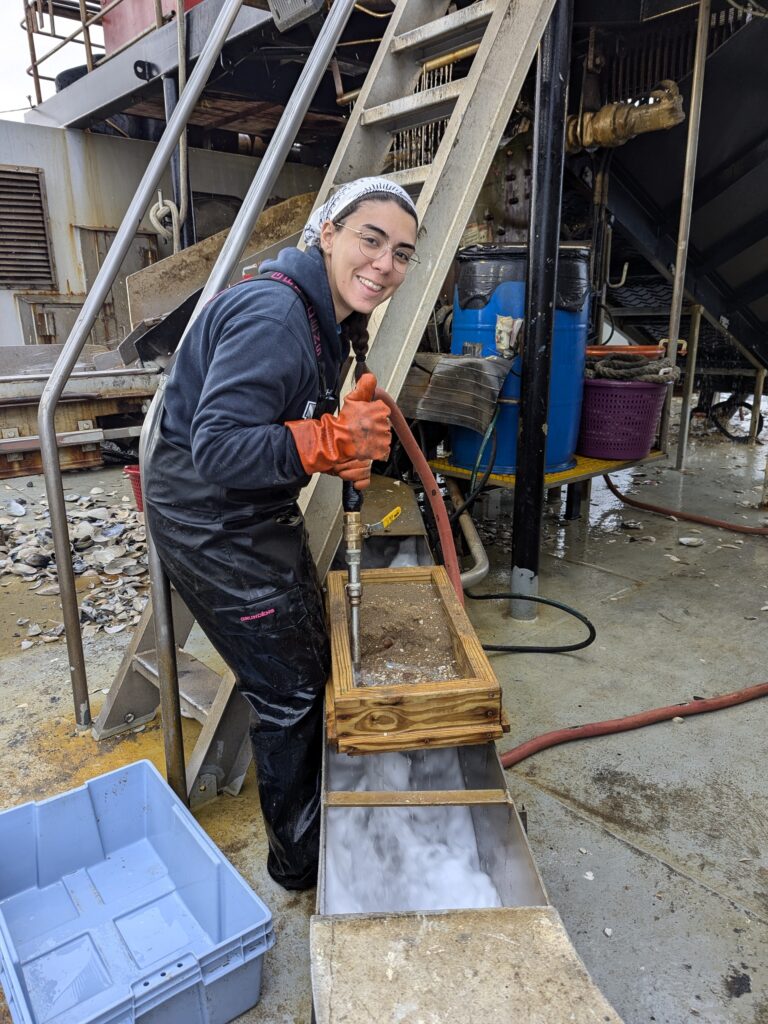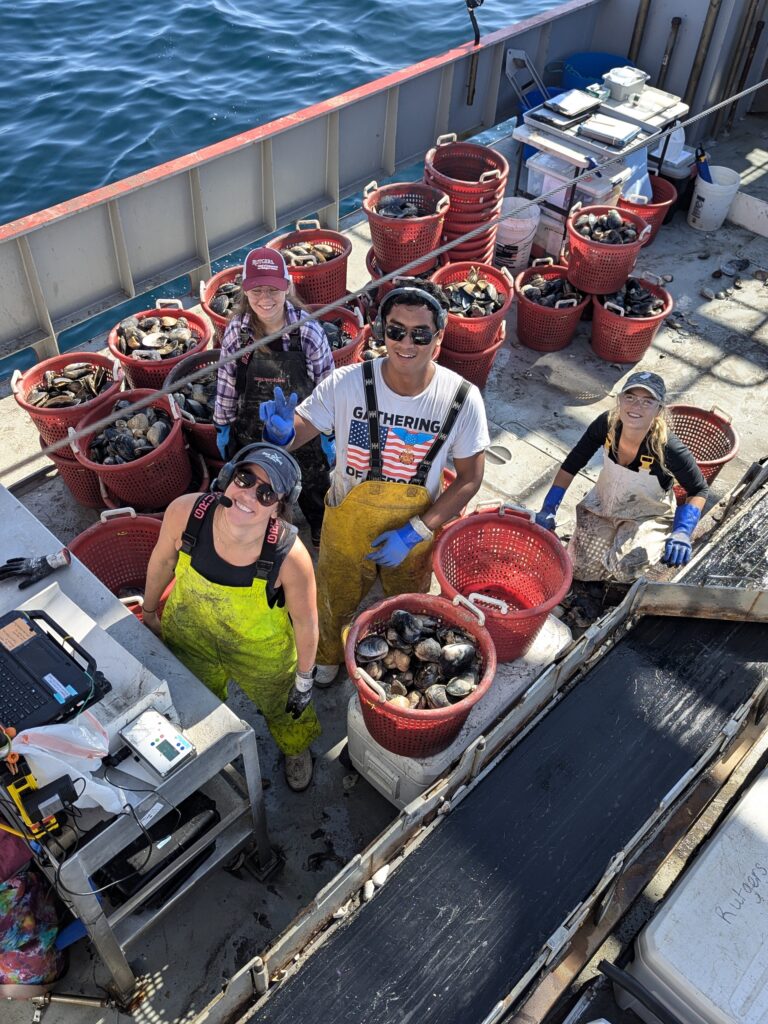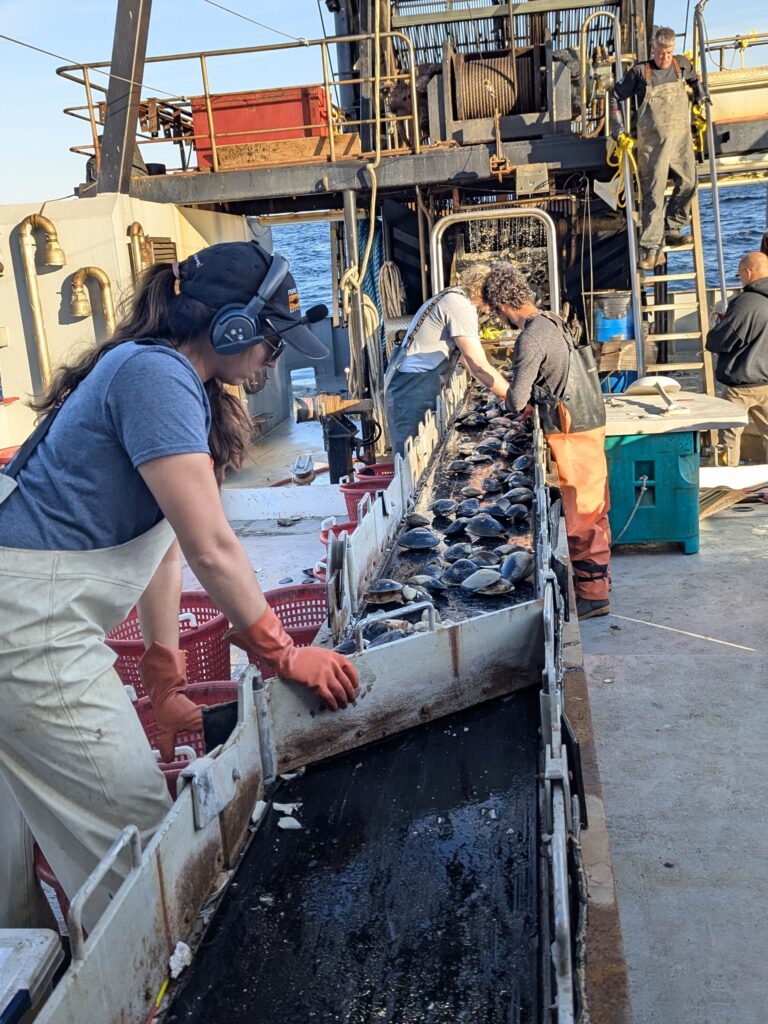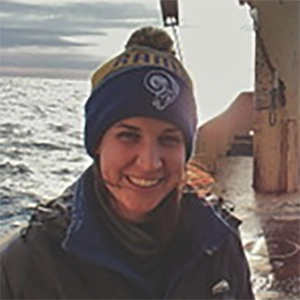Atlantic Shores Offshore Wind Surfclam Survey
Atlantic surfclams and ocean quahogs are large-bodied infaunal clams found along the continental shelf of the Mid-Atlantic. The biological characteristics of these species create unique conditions for estimating overall abundance and biomass. Sampling and survey strategies need to be carefully tailored to these large-bodied, patchily distributed, infaunal animals to prevent under sampling or introduction of bias in surveys. A hydraulic dredge, as used in the commercial fishery, collects epifauna and infauna and is the most effective tool for sampling patchy, large-bodied benthic animals like Atlantic surfclams and ocean quahogs (Munroe et al., 2023). Therefore, samples for this survey will be collected using a modified hydraulic commercial clam dredge designed to sample small submarket clams through to the largest clams (those smaller than those caught in the commercial fishery). These samples will be used to estimate a swept area biomass of clams at each sampling station, and to evaluate length, genetic, and age composition of those clams.
It is common to catch horseshoe crabs, scallops, goosefish (market name monkfish) and whelk (market name conch) in clam dredges. Thus, all other animals in each of the subsamples will be identified to species and measured. Additionally, a benthic sediment sampler (Peterson grab sampler) will collect samples of the seabed sediment and benthic macroinvertebrates.




Daphne Munroe
Rutgers University

Sarah Borsetti
Rutgers University
